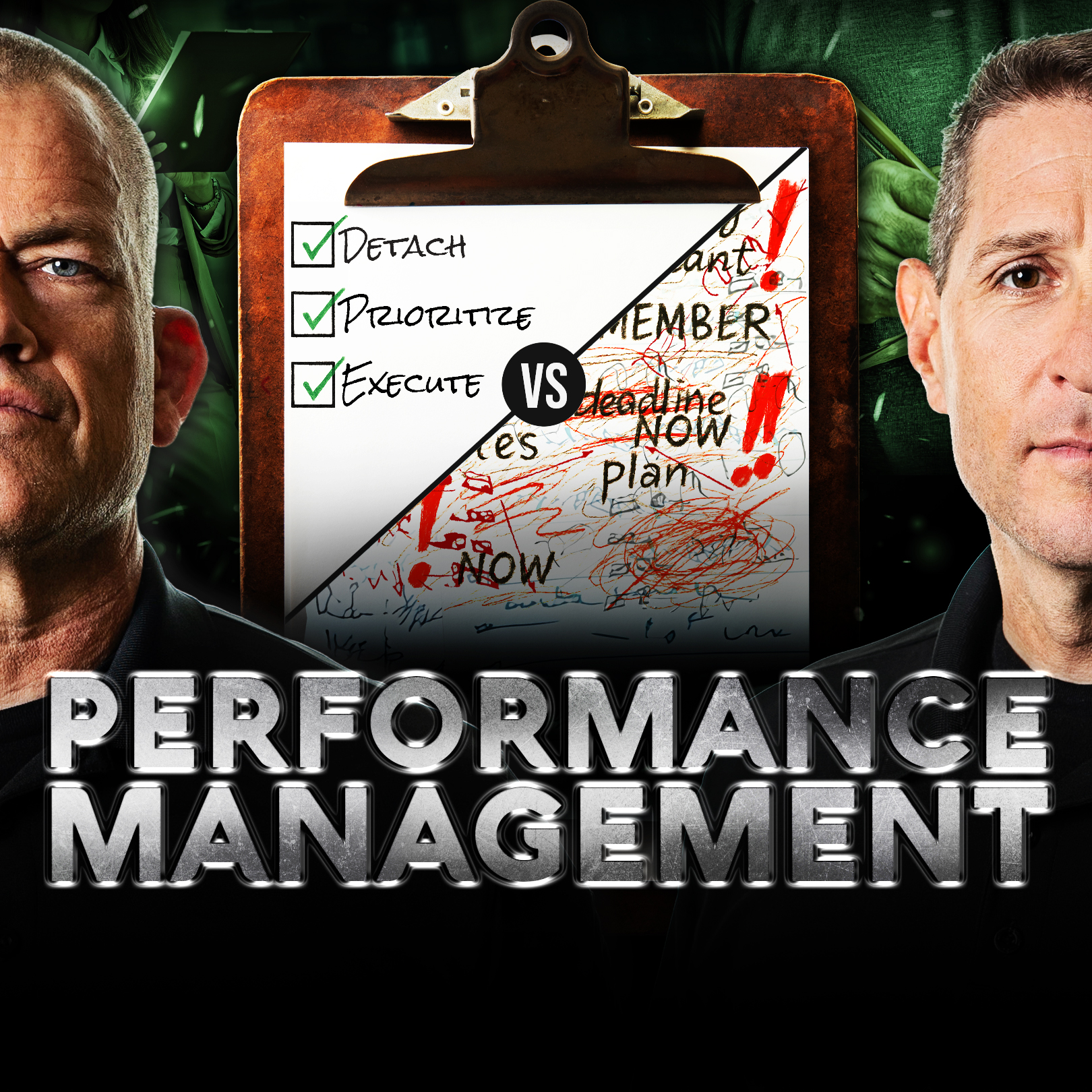You want to get the best out of your team. These days, everyone seems to be doing more with less—so let’s look at some practical strategies you can use to improve your team’s performance.
Start with Positive Reinforcement
Positive reinforcement is hands down the most effective tool for modifying behavior. So why don’t more people use it? The answer is simple: it’s hard. It takes real effort to observe your team closely enough to recognize when they’re doing things right—and even more effort to consistently give meaningful feedback. Knowing how to improve team performance is where great leadership starts.
How can I improve my team’s performance? As a leader, you need to be actively engaged with your team. You have to be present and involved enough to catch people doing something well and acknowledge it. When people feel seen and appreciated, performance naturally improves. Over time, as your team becomes more confident and consistent, you can begin to shift gears and give them something else that’s just as powerful: autonomy.
Give Them Ownership
Giving your team autonomy doesn’t mean you vanish and let them run wild. It means you communicate clearly—laying out the “why” behind the task, the boundaries they must work within, and what a successful outcome looks like. These boundaries might include legal, ethical, and safety considerations or limits on time and budget. Once that’s understood, give them the freedom to figure out the “how.”
Yes, I get it—you think your way is the better way. Maybe it is. But here’s the thing: when it’s your plan, the energy is yours. When it’s their plan, the energy belongs to the team. Ownership generates motivation. People naturally have more enthusiasm and commitment when they’re running with a plan they helped create.
That doesn’t mean they won’t make mistakes—they will. Nobody’s perfect. But mistakes are where the real learning happens. Autonomy doesn’t mean stepping away completely. It means stepping back just enough to let your people learn, grow, and lead in their own way.
Build Debriefing into Your Culture
How do you evaluate your team members’ performance? Now that we’re giving the team more ownership, it’s time to add another layer: regular debriefs. This is one of the most underrated tools for performance improvement. A debrief is simply getting the team together at the end of the week—or after a project—to discuss what went well and what could have gone better.
That sounds simple, but here are a few guidelines to make it work:
- Let people know ahead of time to come up with two things: one thing that went well and one thing they think could be improved.
- Take notes. This shows the team that their feedback matters and that lessons learned aren’t just lip service.
- Have the most junior person speak first. Junior members bring a fresh perspective and are less likely to be biased by what others say. If they speak later, they might just echo the thoughts of more senior team members.
Debriefs do more than identify areas for improvement—they build a culture of continuous learning and create an environment where feedback is normal, not scary. This is also your opportunity to address any team-wide issues before they become habits.
However, if the issue is specific to one individual, address it privately after the meeting—not in front of the group. Publicly calling someone out can damage trust and morale. A respectful, one-on-one conversation is always more effective for individual correction.
The Bottom Line
When you’re looking to improve team performance, start with positive reinforcement. Then, give your team more autonomy and build debriefs into your team’s regular rhythm. This is a simple roadmap, and it all points to one fundamental truth: Improve your team’s performance by becoming a better leader. Now, get out there and lead.



